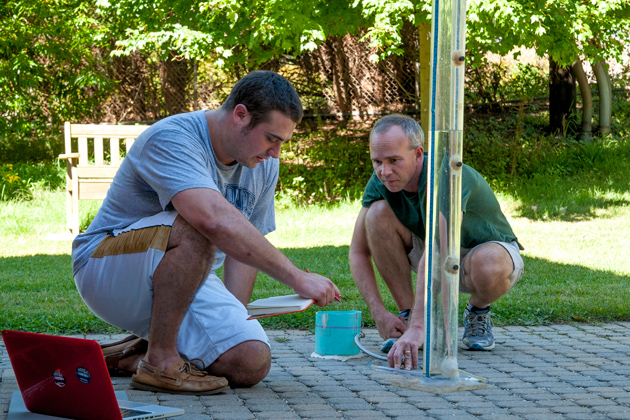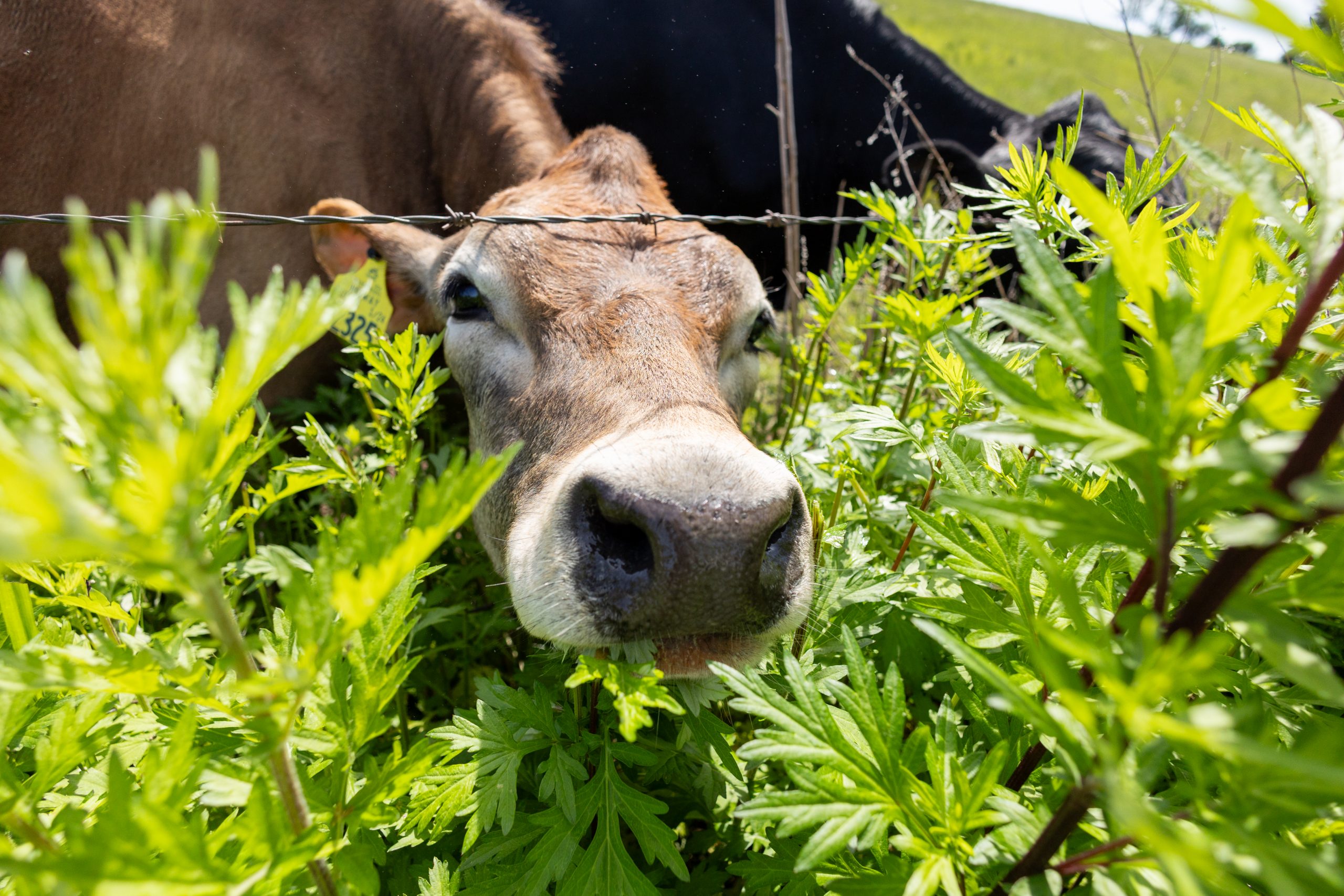
As part of UConn's efforts to be a good steward of the environment, a number of pervious pavements have been installed across campus, with the goal of allowing rain water to drain through the materials rather than having it run off to the stormwater system and into Eagleville Brook. These installations are currently being checked to see how well they are working after several years in service.
Michael Dietz, assistant Cooperative Extension educator-in-residence, is director of the Nonpoint Education for Municipal Officials program (NEMO) at UConn. Nonpoint refers to water pollutants that come from many different sources. These include rainfall or snowmelt that moves over and through the ground picking up natural and human-made pollutants and eventually depositing them into water sources, as well as excess fertilizers and herbicides from a rural source, or oil, grease, and toxic chemicals from urban runoff.


